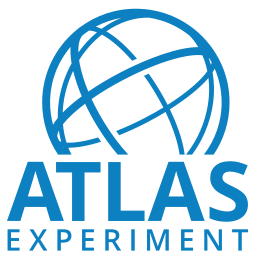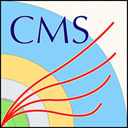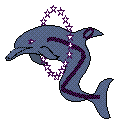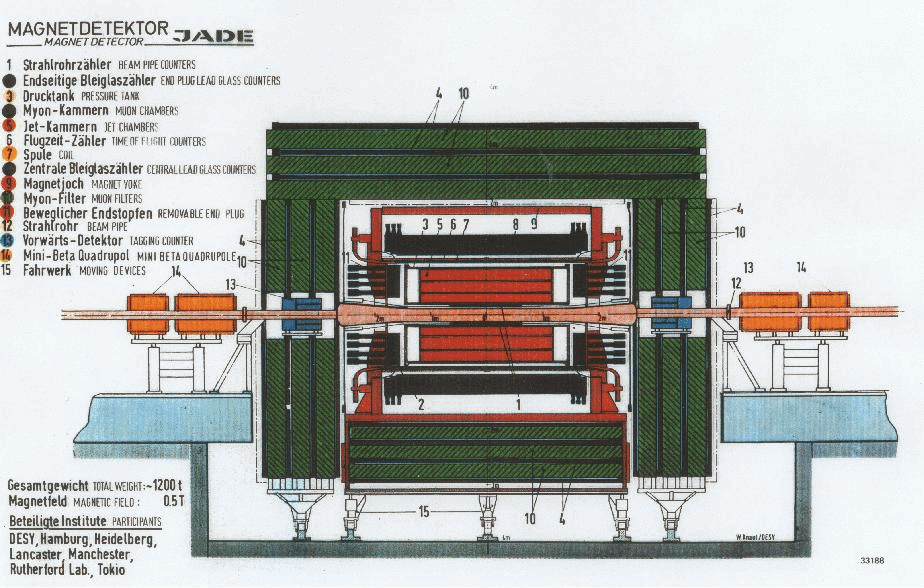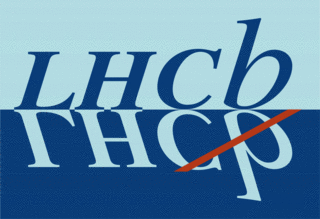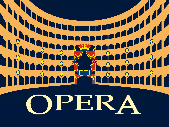SingleMu primary dataset in AOD format from Run of 2012 (/SingleMu/Run2012C-22Jan2013-v1/AOD)
/SingleMu/Run2012C-22Jan2013-v1/AOD, CMS collaboration
Cite as: CMS collaboration (2017). SingleMu primary dataset in AOD format from Run of 2012 (/SingleMu/Run2012C-22Jan2013-v1/AOD). CERN Open Data Portal. DOI:10.7483/OPENDATA.CMS.9A4E.7SIR
Data recorded in 2012 and published in 2017Dataset Collision CMS 8TeV pp CERN-LHC
Description
SingleMu primary dataset in AOD format from RunC of 2012. Run period from run number 198022 to 203742.
The list of validated runs, which must be applied to all analyses, can be found in
CMS list of validated runs Cert_190456-208686_8TeV_22Jan2013ReReco_Collisions12_JSON.txt
Dataset characteristics
87683348 events. 6171 files. 21.9 TiB in total.System details
FT53_V21A_AN6CMSSW_5_3_32
Recommended container image for analyses is available in the following locations (see guide):
docker.io/cmsopendata/cmssw_5_3_32-slc6_amd64_gcc472:latestgitlab-registry.cern.ch/cms-cloud/cmssw-docker-opendata/cmssw_5_3_32-slc6_amd64_gcc472:latest
How were these data selected?
Events stored in this primary dataset were selected because of the presence of at least one muon, or at least one muon and one or more central jets or high missing transverse momentum.
Data taking / HLT
The collision data were assigned to different RAW datasets using the following HLT configuration.
Data processing / RECO
This primary AOD dataset was processed from the RAW dataset by the following step:
Step: RECO
Release: CMSSW_5_3_7_patch5
Global tag: FT_R_53_V18::All
Configuration file for RECO step reco_2012C_SingleMu
HLT trigger paths
The possible HLT trigger paths in this dataset are:
HLT_IsoMu17_eta2p1_CentralPFNoPUJet30
HLT_IsoMu17_eta2p1_CentralPFNoPUJet30_BTagIPIter
HLT_IsoMu17_eta2p1_DiCentralPFNoPUJet30
HLT_IsoMu17_eta2p1_TriCentralPFNoPUJet30
HLT_IsoMu17_eta2p1_TriCentralPFNoPUJet30_30_20
HLT_IsoMu17_eta2p1_TriCentralPFNoPUJet45_35_25
HLT_IsoMu17_eta2p1_TriCentralPFNoPUJet50_40_30
HLT_IsoMu18_CentralPFJet30_CentralPFJet25
HLT_IsoMu18_CentralPFJet30_CentralPFJet25_PFMET20
HLT_IsoMu18_PFJet30_PFJet25_Deta3
HLT_IsoMu18_PFJet30_PFJet25_Deta3_CentralPFJet25
HLT_IsoMu20_WCandPt80
HLT_IsoMu20_eta2p1
HLT_IsoMu20_eta2p1_CentralPFJet80
HLT_IsoMu20_eta2p1_WCandPt80
HLT_IsoMu24
HLT_IsoMu24_CentralPFJet30_CentralPFJet25
HLT_IsoMu24_CentralPFJet30_CentralPFJet25_PFMET20
HLT_IsoMu24_PFJet30_PFJet25_Deta3_CentralPFJet25
HLT_IsoMu24_eta2p1
HLT_IsoMu30
HLT_IsoMu30_eta2p1
HLT_IsoMu34_eta2p1
HLT_IsoMu40_eta2p1
HLT_L1SingleMu12
HLT_L2Mu10_NoVertex_NoBPTX3BX_NoHalo
HLT_L2Mu20_NoVertex_NoBPTX3BX_NoHalo
HLT_L2Mu20_eta2p1_NoVertex
HLT_L2Mu30_NoVertex_NoBPTX3BX_NoHalo
HLT_L2Mu70_2Cha_eta2p1_PFMET55
HLT_L2Mu70_2Cha_eta2p1_PFMET60
HLT_L2Mu70_eta2p1_PFMET55
HLT_L2Mu70_eta2p1_PFMET60
HLT_L2Mu70_eta2p1_PFMET65
HLT_L2Mu80_eta2p1_PFMET70
HLT_Mu12
HLT_Mu12_eta2p1_DiCentral_20
HLT_Mu12_eta2p1_DiCentral_40_20
HLT_Mu12_eta2p1_DiCentral_40_20_BTagIP3D1stTrack
HLT_Mu12_eta2p1_DiCentral_40_20_DiBTagIP3D1stTrack
HLT_Mu12_eta2p1_L1Mu10erJetC12WdEtaPhi1DiJetsC
HLT_Mu15_eta2p1
HLT_Mu15_eta2p1_DiCentral_20
HLT_Mu15_eta2p1_DiCentral_40_20
HLT_Mu15_eta2p1_L1Mu10erJetC12WdEtaPhi1DiJetsC
HLT_Mu15_eta2p1_TriCentral_40_20_20
HLT_Mu15_eta2p1_TriCentral_40_20_20_BTagIP3D1stTrack
HLT_Mu15_eta2p1_TriCentral_40_20_20_DiBTagIP3D1stTrack
HLT_Mu17_eta2p1_CentralPFNoPUJet30_BTagIPIter
HLT_Mu17_eta2p1_TriCentralPFNoPUJet30
HLT_Mu17_eta2p1_TriCentralPFNoPUJet30_30_20
HLT_Mu17_eta2p1_TriCentralPFNoPUJet45_35_25
HLT_Mu17_eta2p1_TriCentralPFNoPUJet50_40_30
HLT_Mu18_CentralPFJet30_CentralPFJet25
HLT_Mu18_PFJet30_PFJet25_Deta3_CentralPFJet25
HLT_Mu24
HLT_Mu24_CentralPFJet30_CentralPFJet25
HLT_Mu24_PFJet30_PFJet25_Deta3_CentralPFJet25
HLT_Mu24_eta2p1
HLT_Mu30
HLT_Mu30_eta2p1
HLT_Mu40
HLT_Mu40_eta2p1
HLT_Mu40_eta2p1_Track50_dEdx3p6
HLT_Mu40_eta2p1_Track60_dEdx3p7
HLT_Mu5
HLT_Mu50_eta2p1
HLT_RelIso1p0Mu17
HLT_RelIso1p0Mu20
HLT_RelIso1p0Mu5
How were these data validated?
During data taking all the runs recorded by CMS are certified as good for physics analysis if all subdetectors, trigger, lumi and physics objects (tracking, electron, muon, photon, jet and MET) show the expected performance. Certification is based first on the offline shifters evaluation and later on the feedback provided by detector and Physics Object Group experts. Based on the above information, which is stored in a specific database called Run Registry, the Data Quality Monitoring group verifies the consistency of the certification and prepares a json file of certified runs to be used for physics analysis. For each reprocessing of the raw data, the above mentioned steps are repeated. For more information see:
CMS data quality monitoring: Systems and experiences
The CMS Data Quality Monitoring software experience and future improvements
The CMS data quality monitoring software: experience and future prospects
How can you use these data?
You can access these data through the CMS Open Data container or the CMS Virtual Machine. See the instructions for setting up one of the two alternative environments and getting started in
Running CMS analysis code using Docker
Files and indexes
Disclaimer
These open data are released under the Creative Commons Zero v1.0 Universal license.
Neither the experiment(s) ( CMS ) nor CERN endorse any works, scientific or otherwise, produced using these data.
This release has a unique DOI that you are requested to cite in any applications or publications.

